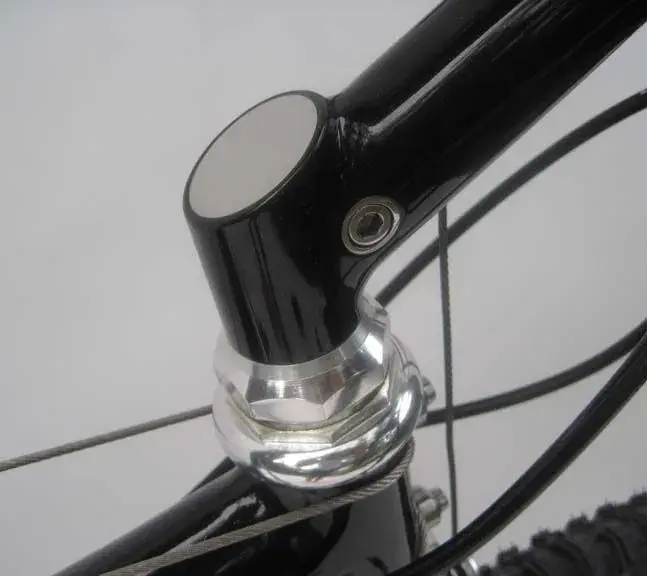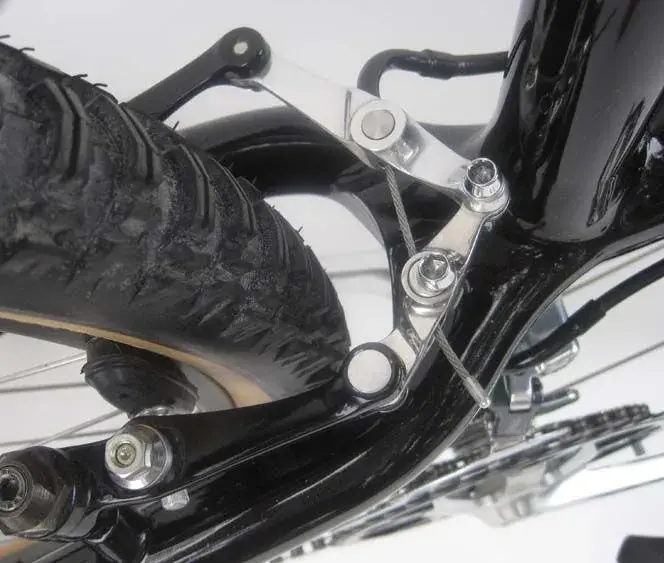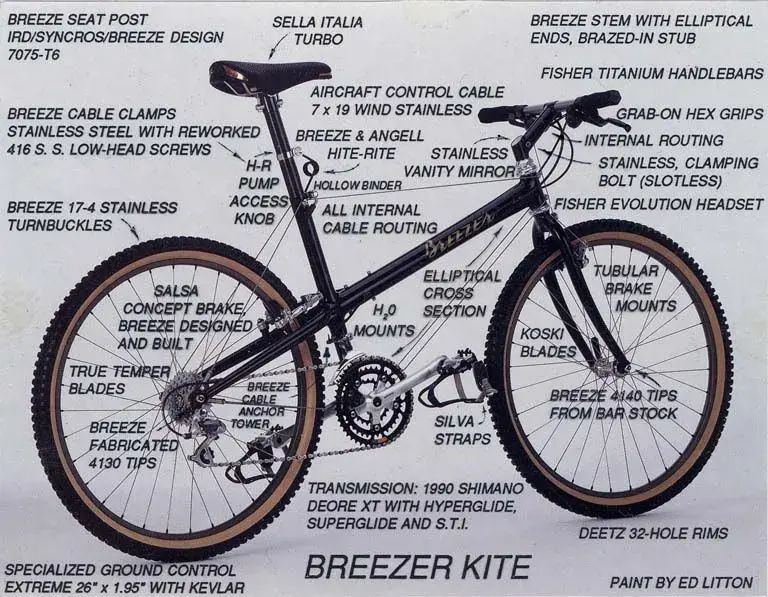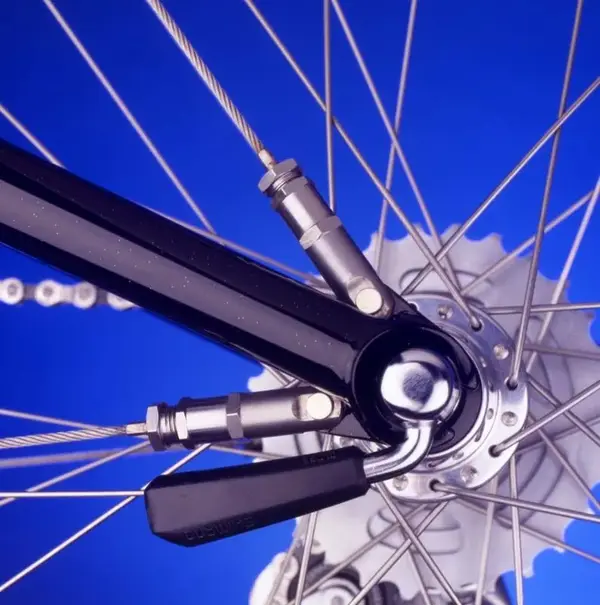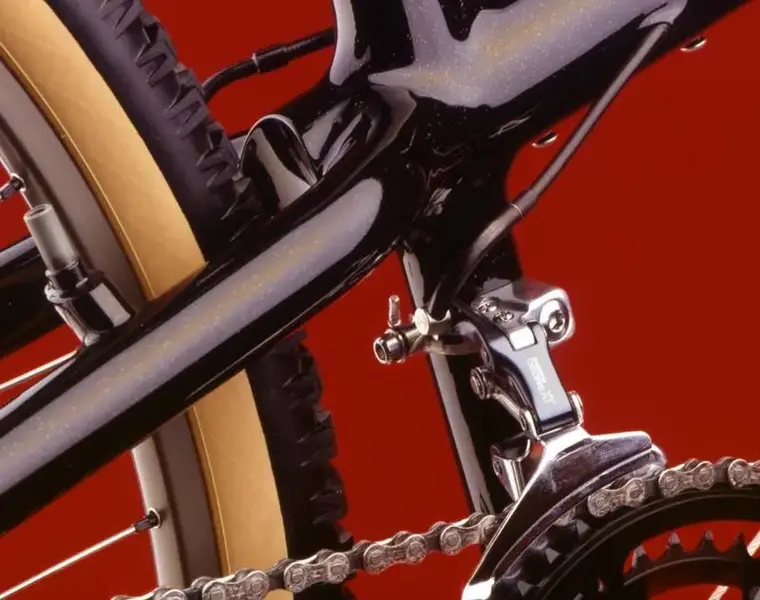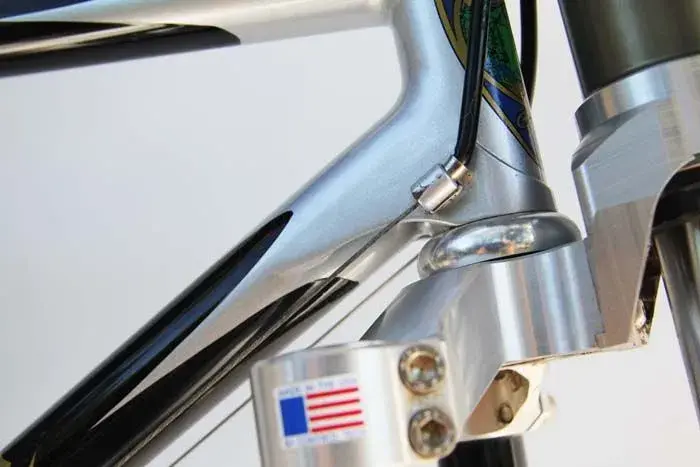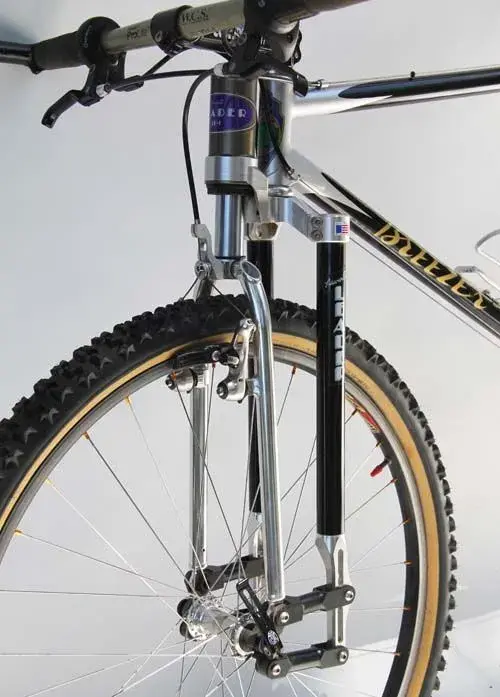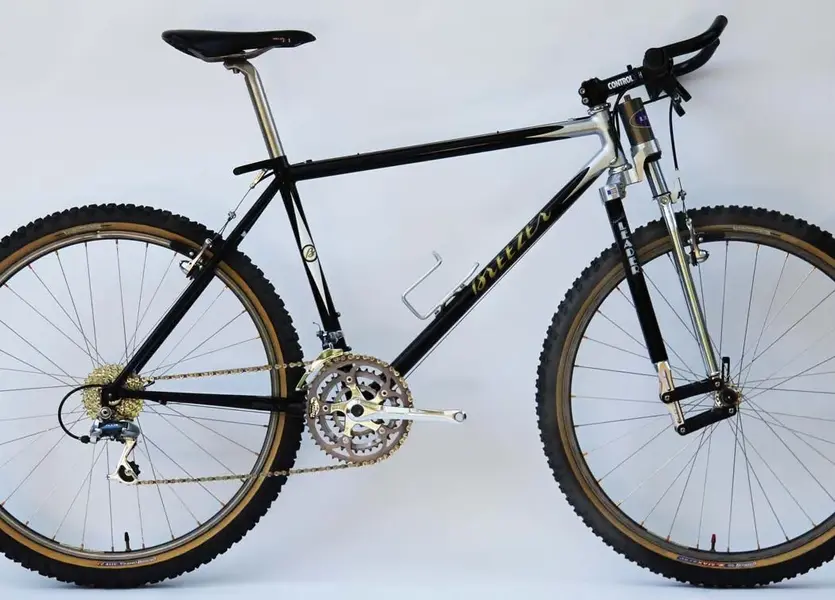Breezin
Dirt Disciple
John":10b18vji said:That American Breezer looks box fresh! How did you alter the design to allow for the Browning transmission? And how did you find it worked?
Assume most (or all) of your 70s/80s stuff was fillet brazed? Did you TIG weld any of your frames back then? Or did you favour the more traditional methods?
Also interested in the design of your current frames. Quite unusual to see such a shaped down tube on a steel frame as your current Lightening, what was the rationale behind this?
John,
1986 American Breezer frames had conventional chainstays--two separate tubes with a bridge. The 1987-90 AB frames had loop stays. This gave more chainwheel clearance. On the Browning system each chainwheel had a hinged quadrant. The extra clearance allowed the quadrant to swing inward during the shifting process. Shifting was real positive, but the unit a bit complex and expensive. Shifting was electric with a push button and solenoid. I had it on my bike, but a friend talked me into selling it to him.
All my frames in the 70s and 80s were either lugged (road only) or fillet brazed (both).
I myself am moving through this thread chronologically. Thanks for an intro to my new Breezer MTBs, but hey, ain't this a retro site? Maybe the paint job qualifies them...
Moving along, following are pics from my Breezer Kite from 1989 (which I had inadvertently posted on the "1976 Joe Breeze road bike" thread now over on the Road Bike pages.)
BTW, you might notice that the brake in the photo on the call-out card is different from the close-up shot. The final version wasn't ready until after the Brainstein-Quay photo session. It wasn't in place for my Brian Fessenden studio shoot either, but it was on the bike at the B-Q Gallery. This here might be the first public showing of this brake outside B-Q and 1989 Interbike. One arm is aluminum, the other SS. The brake design worked well, but Ross Shafer (Salsa) was busy with a lot of other things.
Two more in a moment.
-Joe

